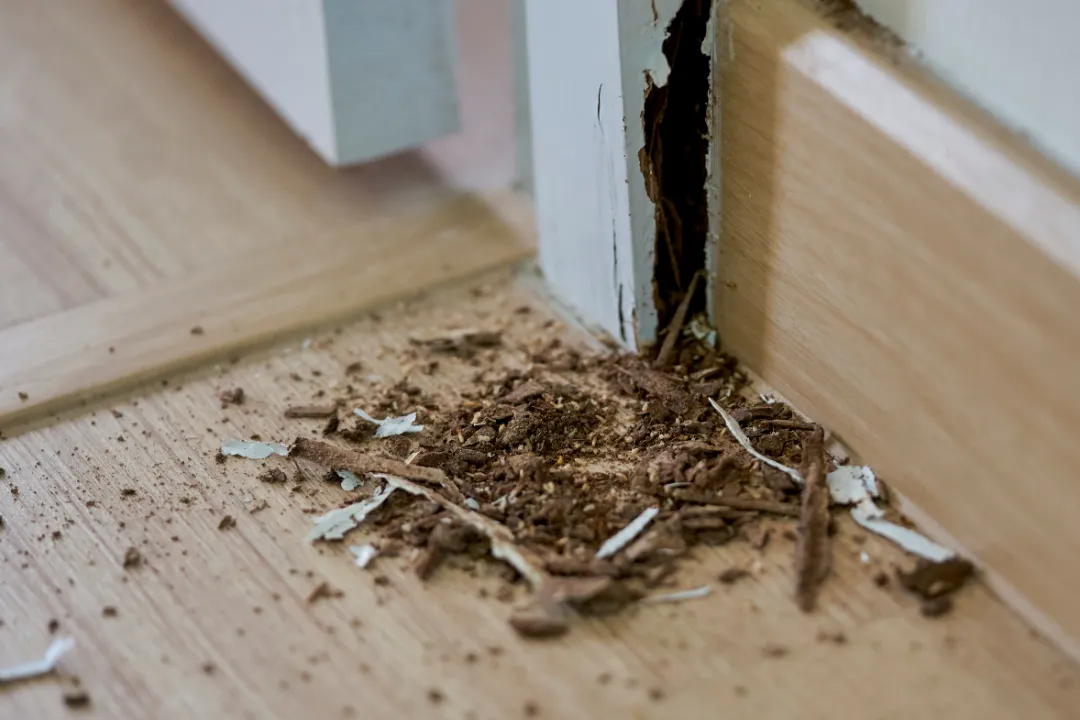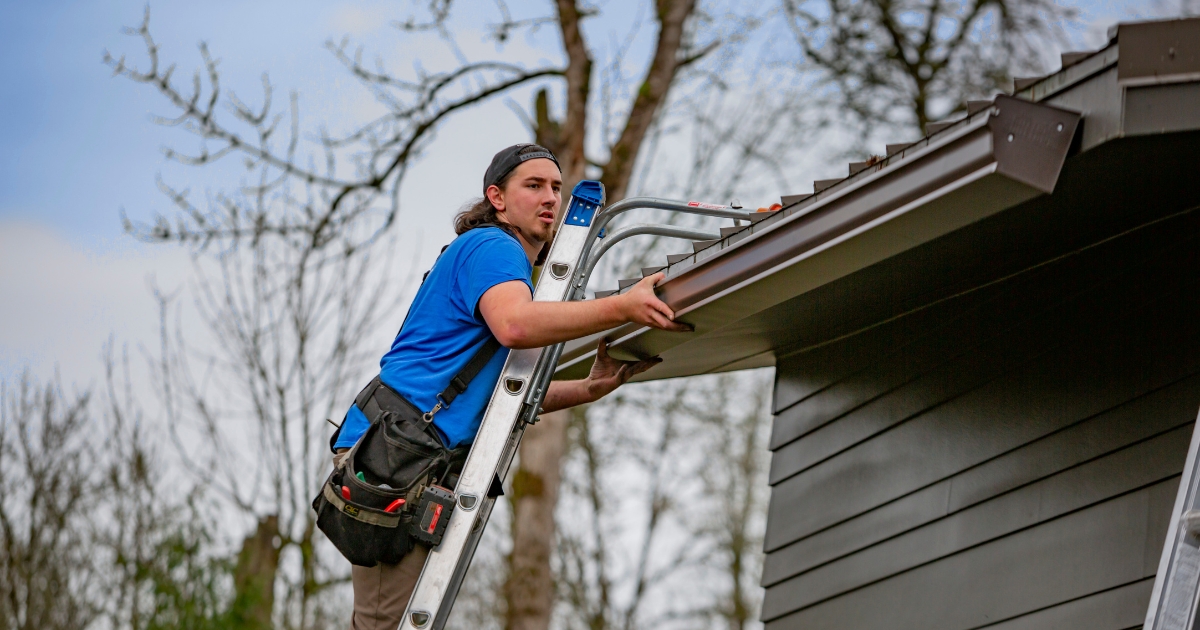Termites are a homeowner’s nightmare. They can cause significant damage to a property if not treated promptly. One of the most common questions people have is: how many treatments does it take to get rid of termites? The answer depends on various factors, including the severity of the infestation, the type of termites, and the treatment method used.
Understanding Termites
Termites are social insects that live in colonies. There are three main types of termites:
- Subterranean Termites: These termites live underground and build mud tubes to access food above ground. They are the most destructive type of termite.
- Drywood Termites: These termites live in the wood they consume and do not require contact with the soil. They can be difficult to detect.
- Dampwood Termites: These termites prefer moist wood and are less common in homes.
Each type of termite requires a different treatment approach.Companies specializing in termite control, such as termite control grand prairie tx, can provide tailored solutions to effectively eliminate termites from your home.
Factors Affecting Termite Treatment
Several factors influence how many treatments are needed to get rid of termites:
- Extent of Infestation: A minor infestation may require fewer treatments than a severe one.
- Type of Termite: Different types of termites may respond differently to treatments.
- Treatment Method: The effectiveness and duration of different treatments vary.
Types of Termite Treatments
There are several methods used to treat termite infestations. Let’s discuss the most common ones and their typical treatment requirements.
Liquid Termiticides
Liquid termiticides are one of the most common methods used to treat subterranean termites. These chemicals are applied to the soil around a home to create a barrier that termites cannot cross. This method can be highly effective, but the number of treatments required depends on the product used and the severity of the infestation.
- Initial Treatment: Usually, a single application of liquid termiticide is enough to establish a barrier.
Read More: Business
Termite Baits
Termite bait systems involve placing bait stations around the perimeter of a home. These stations contain a slow-acting poison that termites carry back to their colony, eventually killing it.
- Ongoing Monitoring: The stations need to be monitored and maintained regularly. It can take several months to eliminate the colony, and the process may require multiple treatments and adjustments.
Fumigation
Fumigation is typically used for drywood termites. This method involves sealing the home and filling it with a gas that kills termites.
- Single Treatment: Fumigation generally requires just one treatment to eliminate an infestation.
Wood Treatments
Wood treatments involve applying chemicals directly to the wood to kill termites.
- Initial Treatment: A single treatment is usually sufficient.
- Follow-Up: Follow-up treatments may be necessary if new infestations occur.
Integrated Pest Management (IPM)
Integrated Pest Management (IPM) combines multiple treatment methods to effectively control termite populations. This approach may include the use of liquid termiticides, baits, and wood treatments, along with regular inspections and preventive measures.
- Ongoing Process: IPM is an ongoing process that involves multiple treatments and regular monitoring.
- Flexibility: The number of treatments needed will vary depending on the specific circumstances and the effectiveness of the combined methods.
Conclusion
The number of treatments required to get rid of termites varies based on several factors, including the type of termites, the severity of the infestation, and the treatment method used. While some methods, like fumigation, may only require a single treatment, others, such as bait systems and liquid termiticides, may need ongoing maintenance and follow-up treatments.
If you’re dealing with a termite infestation, it’s essential to consult with a professional pest control grand prairie tx service to determine the best course of action. Remember, regular inspections and preventive measures are crucial to keeping your home termite-free.
FAQs
How many treatments does it usually take to get rid of termites?
It depends on the treatment method and severity of the infestation, ranging from one to mu
ltiple treatments.
Are liquid termiticides effective for termite control?
Yes, liquid termiticides can be highly effective, often requiring an initial treatment and annual follow-ups.
What is the best treatment for drywood termites?
Fumigation is often the best treatment for drywood termites, typically requiring just one application.
How long does it take for termite baits to work?
It can take several months for termite baits to eliminate a colony, with ongoing monitoring needed.
Is professional pest control necessary for termites?
Yes, professional pest control services provide expertise and tailored solutions for effective termite management.










